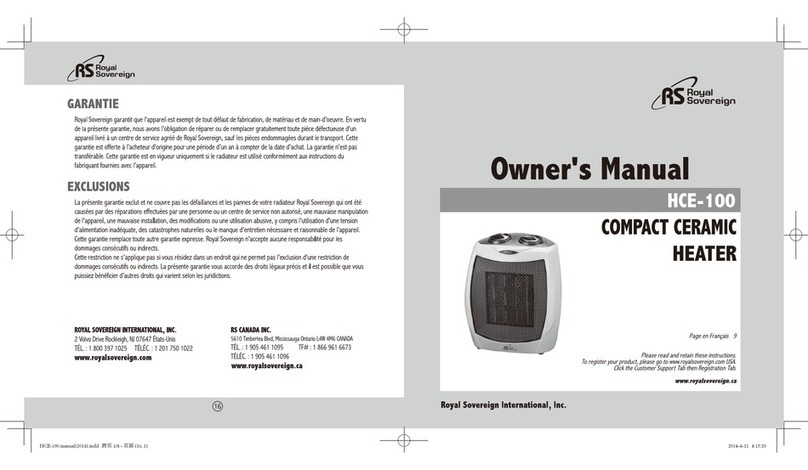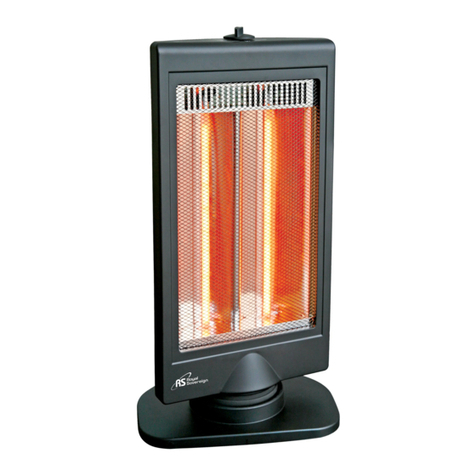setback requirements. The installer must provide a fused servicing switch within line of sight.
The external shell of the vapor heater may reach temperatures in excess of
150oF. Employees should be kept away from direct contact to prevent
potential skin burns.
INSTALLATION PROCEDURE:
1. Attach the mounting brackets or legs to a suitable wall or solid surface with the electrical
enclosure at a convenient height. The heater outlet should ideally be above the heater and
should with the control box towards the top. A fused disconnect panel or circuit breaker
should be provided in close proximity to the vapor heater, as required by all local and
national electrical codes.
The electrical enclosure does not have an interlock mechanism and must not
be opened while the electrical power is on.
2. Connect the inlet and discharge vapor supply connections to the unit using appropriate
pressure and temperature rated piping. The inlet piping is closest to the heater element and
the outlet is adjacent to the temperature controller. The 6/8kW unit is best installed
vertically with the heater element facing downwards. Typical installations use type K silver
soldered copper or sch80 steel/stainless steel threaded piping. See CGA G-6.3 for further
information on piping for CO2 units. Pressure piping should meet or exceed ASME B31.3
power piping standards.
3. Insulating the discharge piping is optional depending upon ambient temperature conditions
and the distance that the warm vapor must travel before entering a climate controlled
building. Industrial gases dissipate heat readily and if the piping from the vapor heater is not
insulated, the gas farther down the pipe may be close to ambient temperature. All pressure
reducing regulators and control devices are typically installed following the vapor heater for
CO2 installations. This protects the regulators and piping from extremely low temperatures
caused by the expansion cooling. The N2 and Ar models are installed immediately ahead of
the low temperature protection device(s).
4. Connect the electrical supply through the 3/4" or 1-1/4” knockouts in the rear of the electrical
enclosure to the terminals to the contactor. The electrical supply must be properly labeled
as to voltage and must match the characteristics of the vapor heater. Generally the units
require 240/480 volt, 3-phase, 60 Hz power. See the appropriate wiring diagram for more
specific information. The unit can be operated on single-phase power up to the amperage
capacity of the contactor with special wiring for the individual heater elements. The
customer must provide a grounded 3 phase power supply with a fuse or circuit breaker
protected lockable disconnect means within visual sight of the installed heater to meet local
and national electrical codes.
5. Check the control circuit transformer wiring for the proper voltage and wire as per the
electrical diagram. Change the primary fuses as required to match the incoming voltage.
(See the wiring diagram for details) Most models come wired for 480V service.





























